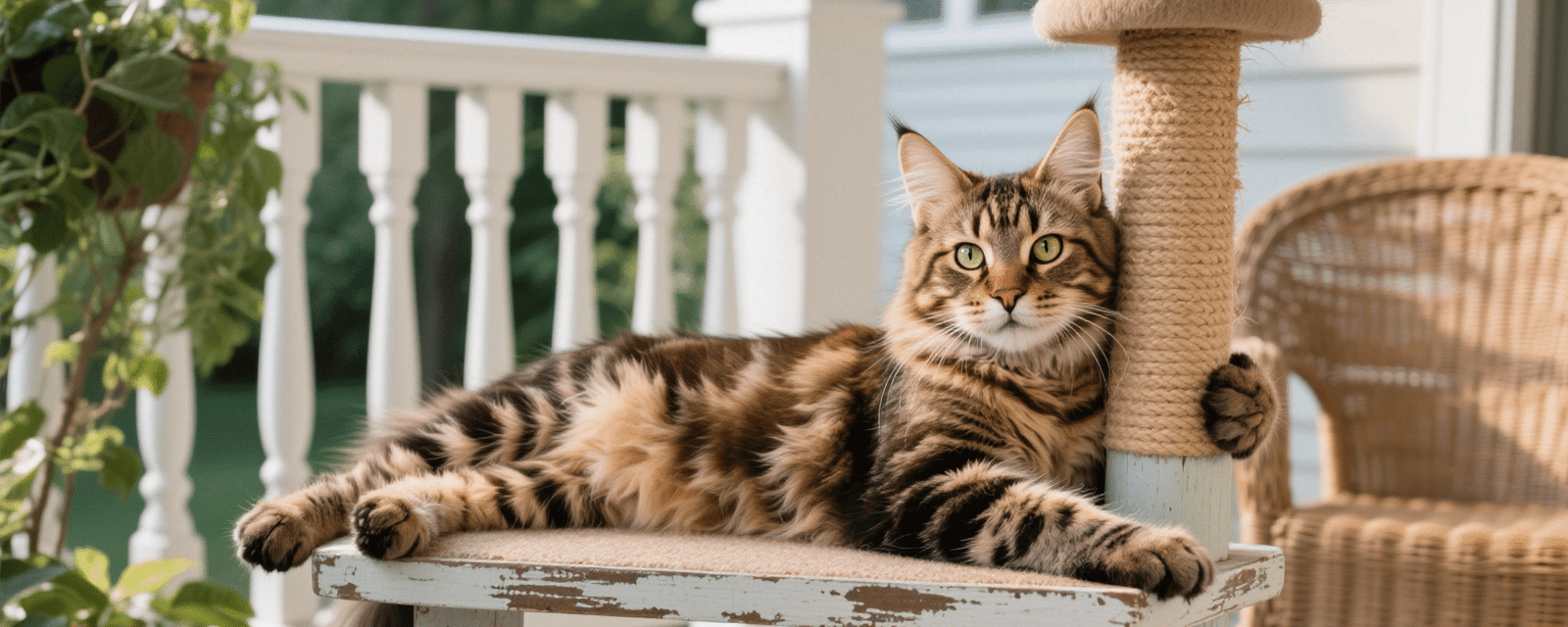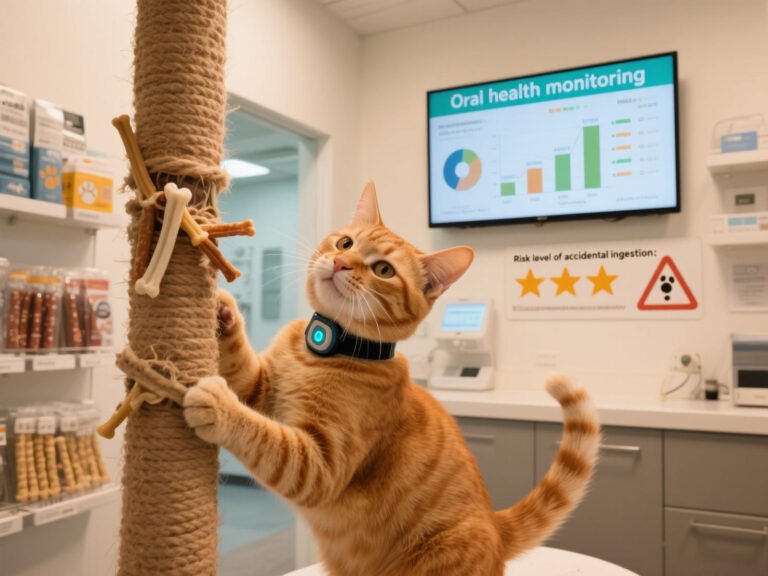Best DIY Cat Scratching Post Materials: Vet-Recommended & Budget Options
Choosing the right materials for a DIY cat scratching post isn’t just about saving money—it’s about balancing safety, durability, and your cat’s natural instincts. From sisal rope to repurposed cardboard, this guide explores vet-approved materials, cost-saving hacks, and design tips to create a scratching post that protects your furniture and keeps your cat engaged.
Why Material Choice Matters
Cats scratch to maintain claw health, stretch muscles, and mark territory. The wrong material can lead to ignored posts, damaged furniture, or even injury. According to a 2024 survey by PetMD, 78% of cats prefer posts with textures mimicking tree bark, like sisal or jute, over synthetic alternatives.
Top 5 Vet-Recommended Materials
1. Sisal Rope: The Gold Standard
Why It Works: Sisal’s rough, fibrous texture satisfies cats’ instinct to shred and sharpen claws. It’s highly durable, lasting 2–3 years with moderate use.
- Budget Tip: Buy sisal in bulk (10-meter rolls cost 20–20–30) and wrap it around PVC pipes or wooden posts.
- Safety Note: Ensure the rope is untreated and free from toxic dyes.
User Review:
“Switching to sisal stopped my cat from clawing the couch. She’s obsessed with the texture!” – Amazon Customer
2. Corrugated Cardboard: Budget-Friendly & Replaceable
Why It Works: Cardboard’s crinkly texture appeals to cats, and its low cost makes it ideal for horizontal scratchers.
- DIY Hack: Stack layers of cardboard and secure with non-toxic glue. Replace every 3–6 months.
- Eco Bonus: Use recycled boxes for a sustainable option.
Data Spotlight:
| Material | Cost | Lifespan |
|---|---|---|
| Cardboard | 5–5–10 | 3–6 months |
| Sisal | 20–20–30 | 2–3 years |

3. Jute Rope: Eco-Friendly & Gentle
Pros: Jute is softer than sisal, making it ideal for kittens or cats with sensitive paws. It’s biodegradable and costs 15–15–20 per 10-meter roll.
Cons: Less durable than sisal (lasts 1–2 years).
Pro Tip: Combine jute with sisal sections for a hybrid post that appeals to multiple cats.
4. Carpet: Familiar but Risky
Pros: Repurposed carpet scraps mimic household rugs, redirecting scratching urges.
Cons: Cats may confuse DIY posts with your floors. Opt for low-pile, chemical-free carpet.
User Warning:
“My cat started scratching ALL my rugs after I used carpet on the post. Stick to sisal!” – Reddit User @CatMomLife
5. Wood: Natural & Durable
Best For: Senior cats or those preferring horizontal surfaces. Sanded hardwood planks or logs provide a sturdy base.
- Design Idea: Attach sisal-wrapped posts to wooden platforms for multi-level play.
Budget-Friendly Hacks
1. Repurpose Household Items
- PVC Pipes: Lightweight, non-toxic, and easy to wrap. Fill with sand for stability.
- Mailing Tubes: Reinforce with duct tape and cover with cardboard or sisal.
2. Use Non-Toxic Adhesives
- Titebond III or Gorilla Wood Glue are pet-safe and hold materials securely.
3. DIY Catnip Spray
- Mix dried catnip with water and spray on posts to attract hesitant scratchers.
Safety & Maintenance Tips
- Avoid Toxic Materials:
- Skip synthetic ropes that splinter or carpets treated with flame retardants.
- Regular Inspections:
- Check for loose fibers, fraying, or unstable bases monthly.
- Clean Gently:
- Vacuum sisal/cardboard weekly and wipe PVC with vinegar-water solutions.
FAQ: DIY Scratching Post Essentials
Q: Can I use old T-shirts as scratching material?
A: No—fabric lacks texture and may encourage furniture scratching. Stick to sisal or cardboard.
Q: How tall should a DIY post be?
A: At least 24–30 inches to allow full stretching. For large breeds like Maine Coons, aim for 36+ inches.
Q: Is hot glue safe for securing materials?
A: Yes, but ensure it’s fully cooled and hardened before letting cats use the post.
Q: My cat ignores the post. What now?
A: Place it near their favorite nap spot, add catnip, or dangle toys nearby.
References
- DHgate. (2024). Natural Jute Cat Scratching Twine. https://www.dhgate.com/goods/1006774043.html
- PetMD. (2024). Safe Materials for DIY Cat Furniture. https://www.petmd.com/cat/behavior
- Kindom Living. (2019). Modular Cat Furniture Design Principles. https://www.kindomliving.com.tw/?p=6168
- Corangamite Shire Council. (2025). Cat Scratching Post Maintenance Guidelines. https://www.corangamite.vic.gov.au/pets
- The Spruce Pets. (2025). DIY Cat Scratching Post Repair Tips. https://www.thesprucepets.com/diy-cat-post-repair

